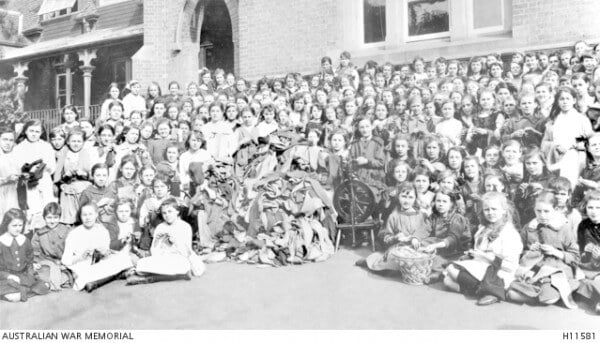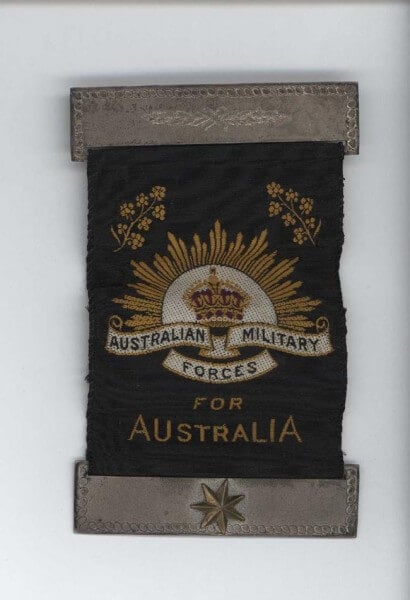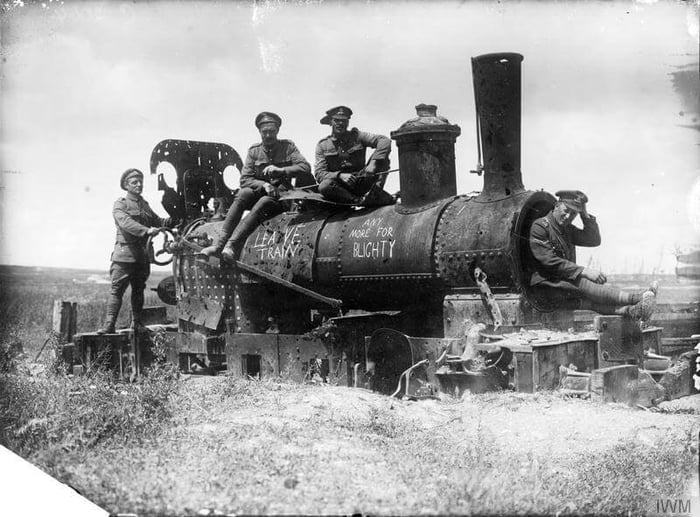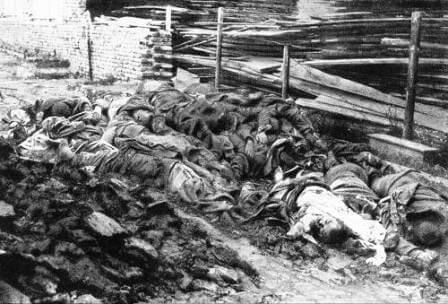
School Kids on the Home Front
Image: Some of the thousands of Australian school children who gave all their spare time to knitting socks for the men at the front. A heap of socks is seen in centre of photograph.
Patriotism among Australian school children during the Great War 1914-1918 mainly focussed on fundraising to support men at the front. In 1917 Ms Chandler from the NSW Public School Teachers Association addressing a meeting of the Parents and Citizens Association, urged parents to encourage their children to enlist after finishing school. The minimum age for enlistment then was 19 years.
School children were involved in raising funds to support various Great War causes and volunteer groups. Two enterprising young lads and their sister commandeered an acre of their neighbour’s land and planted maize to sell for the Patriotic Fund of the Noorangong School:
“…The two youngest sons of Mr John Haig, Douglas (10 years) and Keith, (9 years), made up their minds to,” do something “real big in the patriotic line.” So they borrowed an acre of land from a neighbour…”off their own bat…”. Finally came the day when (they) triumphantly produced 80 bushels of maize. It was sold for £12… sister Annie (12 years), who couldn’t plant maize, caught frogs for the biological school of the Melbourne University, and earned £3.”
Other activities focussed on fundraising for their school or buying War Bonds. Children held concerts, bridge parties, fetes, bake sales and engaged in the especially laborious War Garden efforts. War Gardens were home-based vegetable and flower gardens growing produce for sale and with the proceeds going to the school war chest.
School girls at school were encouraged to drop their traditional embroidery classes to make garments, shirts, underclothes and other necessities for the soldiers at the front. Another great contribution was knitting socks for the soldiers. Students of Narrabri learned to knit socks and donated 300 pairs to the War Chest Appeal.
Children received "War Medals" for outstanding efforts in fundraising for their school war chest. Eight students achieved this honour at the Murray Bridge School on 2 November 1917.













